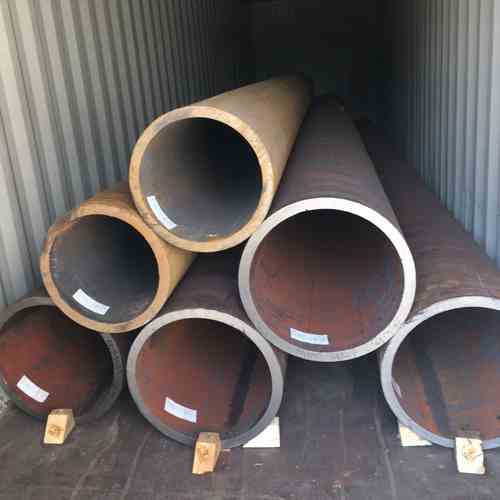
AISI 1010 / S10c Carbon Steel Tube – Mechanical Tubing – Seamless Steel Pipe
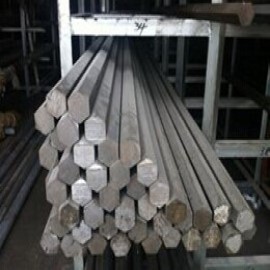
AISI 1035,Cold Drawn Carbon Hexagonal Bar
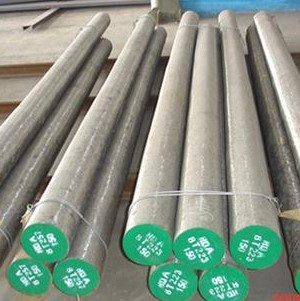
4145H Modified Alloy Steel Round Bar, Hot Rolled Steel Bar
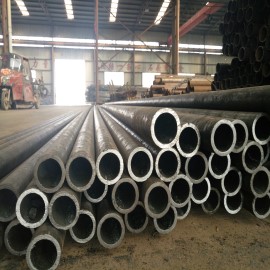
27SiMn seamless cold drawn steel tube, with black annealed out surface
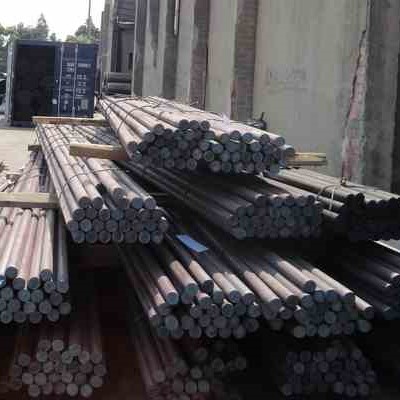
QT AISI 8260 Hot Rolled Steel Round Bar Size 10 - 350mm For Automobile
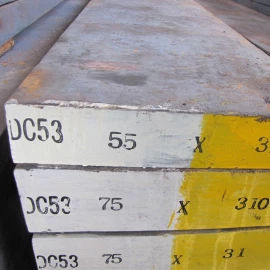
Categories:Steel Plate
Model No.:DC53
Introduce:
The cutting, punching and shearing of metallic and non-metallic materials belong to the most demanding tasks cold-work tool steel tools are subjected to. Besides cutting and shearing, there are virtually no other applications where the tool's properties have such an influence on the process.
Application(1) Cutting tools for processing various external surfaces: including turning tools, planing tools, milling tools, external surface broaches and files, etc..(2) Boring tools: including drills, reaming drills, boring tools, reamers and inner surface broaches.(3) Thread processing tools: including taps, flanges, automatic thread cutters, thread turning tools and thread milling cutters.(4) Gear machining tools: including hobs, gear cutters, shaving tools, bevel gear machining tools, etc..(5) Cutting tools: including toothed circular saw blades, band saws, bow saws, cutting tools for turning and saw blade cutters, etc.
Standard:
ASTM A681 Standard Specification for Tool Steel Alloy
Chemical Composition:
C | Si | Mn | Cr | Mo | Mo |
0.95 | 1.0 | 0.40 | 8.0 | 2.0 | 0.30 |
Size Range:
Thickness:1-16mm; Width:810mm max; Length:4000mm max
Tolerance of Size:
Thickness 1.5-2.5mm with Tolerance (-0,+0.15) --Cold rolled plate
Thickness 2.55-16.0mm with Tolerance (-0,+0.25) --Hot rolled plate
Steel-making Process: EF/EAF+LF+VD, EF/EAF+ESR
Delivery condition: Cold Rolled+Annealed, Hot Rolled+Annealed.
Surface condition: Acid Pickled or Shot Blastt
Heat treatment:
Hardening Vacuum Furnace:
Pre-heat to 300-400oC and then to 800-850oC allowing sufficient time to equalise. Raise to 1,020-1,040oC and allow soaking time
Quenching Vacuum Furnace:
The high hardenability of this steel enables it to be satisfactorally quenched in a vacuum furnace.
Surface Treatments:
Surface treatments such as CVD, PVD, TD and Nitriding require the use of relatively high processing temperatures. While this can be a problem with standard D2, the higher through hardness of DC53 steel at elevated temperatures will allow these surface treatments to be used successfully.
Tempering:
Double temper according to the hardness and toughness charts below. As with D2, a third temper at 400oC should be carried out to avoid any chance of any delayed grain growth and distortion. This is the preferred heat treatment for most applications as high hardness will be the primary consideration.Where maximum toughness is required, double temper between 200 and 300oC (depending on application). Note the material tempered at the lower temperature should not be subjected to subsequent high temperature processes such as PVD.

If you want to know more or have any questions about our products, please feel free to contact us by phone or email.